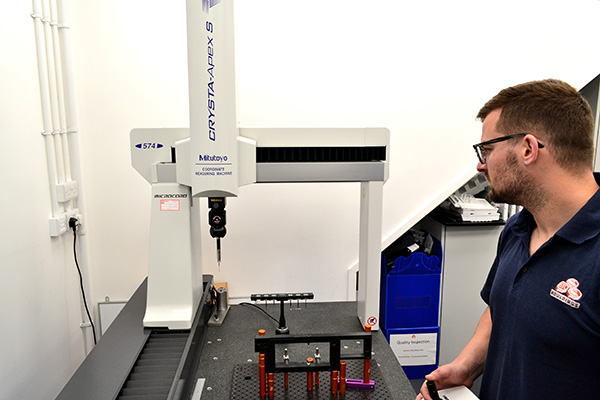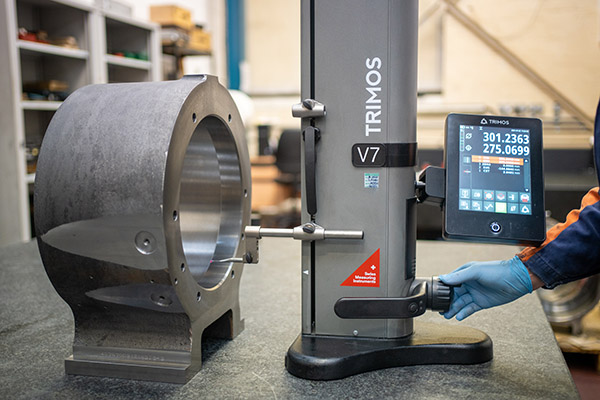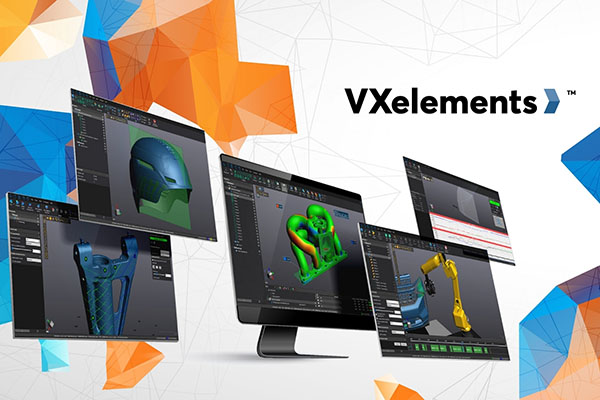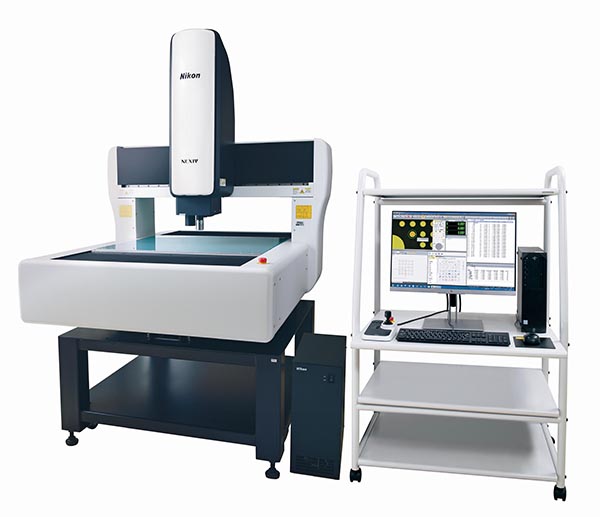
In addition to the quality of capital equipment considered by potential purchasers, the standard of the customer services provided by prospective suppliers is also a major part of any purchase decision.
The effectiveness of the support services offered by Mitutoyo UK is illustrated by the assistance given to Skar Precision Mouldings prior to, during and following the recent installation of a Mitutoyo CMM at the firm’s Hadleigh premises in Suffolk. Established in 1969, Skar Precision Mouldings has grown to become one of the UK’s largest injection moulding businesses. To help keep pace with demand, the company operates 35 high-yield machines with a tonnage range from 22-450 and a maximum shot weight of 2.4 kg, on a 24-hour/five days a week production cycle.
Skar’s requirement to undertake high-precision inspection routines and provide detailed inspection reports for a multi-national manufacturer of medical analysis equipment, recently prompted the search for a suitably accurate CMM. Having considered the offerings from several leading metrology companies, a Crysta-Apex S CMM with a capacity of 500 x 700 x 400 mm, was purchased from Mitutoyo UK.
As the Mitutoyo CMM arrived before the completion of Skar’s new temperature controlled inspection facility, the company took advantage of Mitutoyo UK’s customer service provisions.
Paul Chaplin, quality engineer and CMM programmer at Skar Precision Mouldings, says: “Mitutoyo UK provided us with a very efficient subcontract service. They measured and delivered our fully inspected critical parts on time, along with the required inspection reports. Once the building work was complete and our CMM had been installed, Mitutoyo supplied the part programs and ensured that a colleague and I received in-depth training.”
For further information
www.mitutoyo.co.uk























